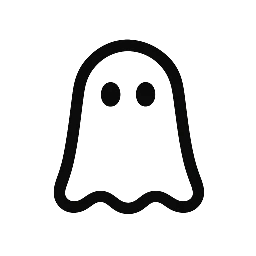The enduring pursuit of the supernatural, once confined to séance rooms and subjective accounts, has been thoroughly modernized by an array of sophisticated technologies, fundamentally changing how the paranormal is investigated and documented. This shift from pure anecdotal evidence to quantitative data collection is the primary theme of this discussion, exploring the essential role that modern equipment now plays in standardizing and attempting to validate field research into ghosts, spirits, and other unexplained phenomena. Understanding this technological integration is critical because it highlights the investigators’ continuous effort to apply scientific rigor to inherently non-scientific subjects, providing a fascinating look at the limits of current technology and the ever-present human desire for empirical proof of what lies beyond.
“The ultimate mystery is that there is nothing to explain—only a need to explain it.”
The core of modern paranormal investigation hinges on the use of devices designed to detect subtle, non-visual energy fluctuations that are hypothesized to signal a supernatural presence, expanding the reach of human senses. The most prominent examples include Electromagnetic Field (EMF) meters, which register abrupt spikes in electromagnetic energy that investigators often correlate with spiritual activity, and specialized audio recorders used for Electronic Voice Phenomena (EVP), attempting to capture voices or sounds outside the normal range of human hearing. Furthermore, tools like thermal imaging cameras are employed to detect unexplained cold spots—areas of abrupt temperature drop without a natural physical cause—which are a common signature in traditional ghost lore. These technological applications serve to externalize the experience, providing an objective reading that can be documented and reviewed by multiple parties, moving the evidence from an internal, subjective feeling to an external, potentially verifiable data point.


As the reliance on technology deepens, it simultaneously introduces a critical challenge: the difficulty in filtering genuinely unexplained phenomena from false positives generated by the very equipment being used. This middle ground is often occupied by environmental contamination and instrument error, where, for instance, a spike in an EMF meter might be caused by stray wiring or a distant radio signal rather than a non-physical entity. This inherent ambiguity demands that investigators maintain a rigorous, skeptical balance, using technology not as proof in itself, but as a tool to rule out mundane explanations before considering a paranormal one. The latest insights in the field involve the integration of artificial intelligence and machine learning to analyze massive datasets of video and audio recordings, hoping to detect patterns or subtle anomalies that the human mind or current equipment limitations might miss, suggesting a future where data science is the next frontier in the hunt for the unproven.
Wrapping Up with Key Insights
Ultimately, the key takeaway from the technological evolution of paranormal investigation is the fundamental human need to quantify the unknown, transforming faith-based curiosity into a data-driven quest for empirical validation. The lasting impression is that while technology may never definitively prove the existence of the supernatural, its role is invaluable in providing a structured methodology and a common language for discussion, thereby raising the level of discourse surrounding unexplained phenomena. We are encouraged to reflect that the true value of these gadgets lies not in what they unequivocally capture, but in the scientific discipline they impose on an inherently subjective field. The actionable advice for any aspiring investigator is to master the scientific method first, using technology only as a meticulous filter to exclude the mundane, thereby ensuring that any residual anomaly is truly worth pursuing.


Leave a Reply